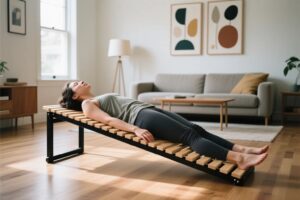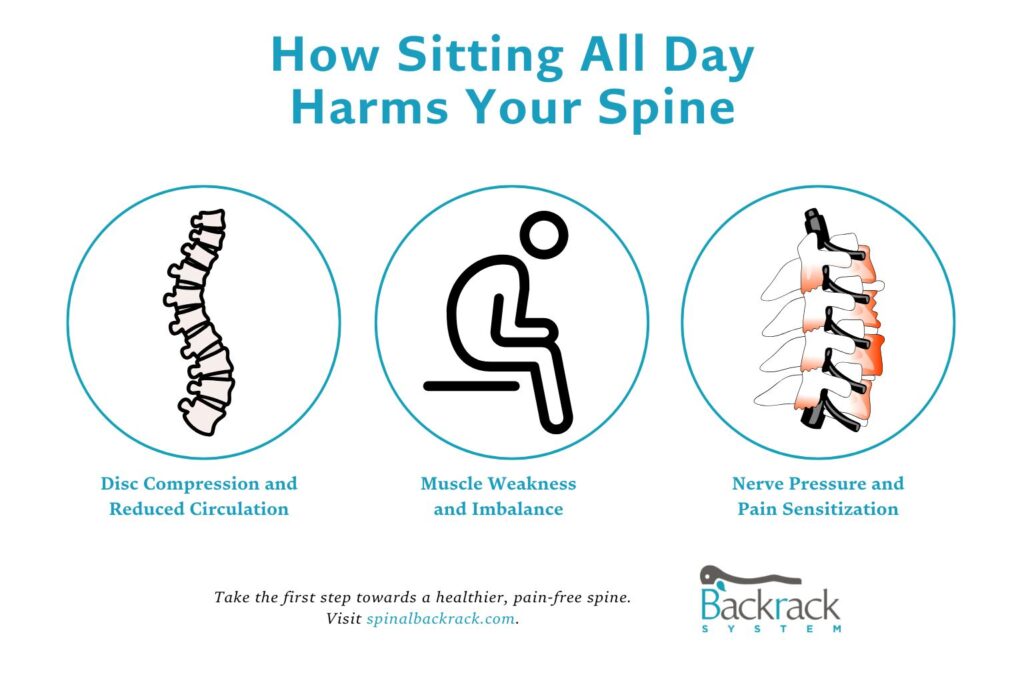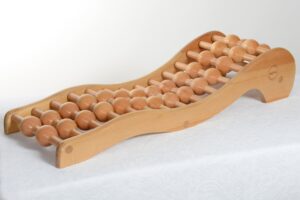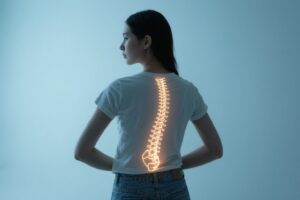
A sedentary lifestyle back pain problem can develop slowly until it becomes a daily issue. Sitting for hours at a desk, in traffic, or on the couch puts more pressure on your spine than most people realize. Over time, this constant load compresses the discs, weakens muscles, and makes normal movement harder.
This article explains what happens to your spine when you sit for long periods, what science says about the effects of inactivity, and how you can reverse the damage safely. Every method described here is practical, evidence based, and suitable for people who want long-term results without surgery or medication.
Sedentary lifestyle back pain is one of the leading causes of discomfort among people who sit for most of the day. It often affects office workers, drivers, students, and older adults. The pain develops not from a single injury but from the gradual breakdown that happens when the spine is not used the way it was designed.
Your spine needs movement to stay strong. When you move, spinal discs get nutrients, joints stay lubricated, and muscles remain active. When you sit too long, all of that slows down. The discs lose hydration, muscles weaken, and small misalignments start to appear. Over time, the back feels tight, tired, and sore.
The positive news is that you can undo most of this damage with consistent movement and basic posture correction.

Even when you sit upright, the lower back carries far more pressure than when you stand or walk. Over months and years, this extra strain changes how your spine works.
Spinal discs act as cushions between bones. They absorb shock and help you move freely. Movement keeps these discs hydrated and flexible. When you sit still, that process stops. The discs flatten and lose elasticity.
A large study in BMC Public Health found that people who sit more than six hours daily are about 30 percent more likely to develop chronic back pain than those who sit for less than two hours.
Sitting turns off your core and glute muscles. These are the main stabilizers that hold your spine upright. As they weaken, smaller muscles around the spine try to take over, causing strain and fatigue.
This imbalance makes you slouch, rounds your shoulders, and flattens your lower back. The result is more tension and less support for the spine.
Remaining in one position for too long can irritate nerves in the lower back. People often feel tingling or numbness after sitting for hours. If nerves stay compressed, they become more sensitive, which can make mild discomfort feel worse than it is.
The spine depends on movement to stay healthy. Each step or stretch pumps nutrients into the discs and removes waste products. Without this motion, the entire system slows down.
Medical studies show that inactivity leads to:
MRI scans confirm that sedentary adults often show early disc degeneration compared with active people of the same age. The good part is that movement and decompression therapy can restore function in many cases.
You can usually spot the warning signs before serious problems start.
These are early signs of stress in your discs and muscles. Ignoring them can lead to long-term issues such as chronic back pain, herniated discs, or sciatica.
Most people can ease sedentary lifestyle back pain with regular movement and simple posture changes. The key is to be consistent.
Short, frequent breaks help your spine more than one long workout. Stand or walk for a few minutes every half hour. Use reminders or a smartwatch to keep track.
A review from the National Library of Medicine showed that brief breaks every 30 minutes reduced back pain by about 20 percent among office workers.
Better ergonomics make a big difference.
You don’t need expensive gear. Simple adjustments and awareness are enough to reduce daily strain.
Balance weak and tight muscles with these simple exercises:
Do them once or twice daily. These moves improve circulation and restore proper alignment.
Spinal decompression relieves pressure on discs and nerves by gently lengthening the spine. It can be done in a clinic or at home using controlled stretches or a decompression device. To learn more about how this process works and its long-term benefits for back health, visit our detailed guide on spinal decompression therapy.
Clinical research supports decompression as a helpful option for mild to moderate disc compression. It promotes better fluid exchange in spinal tissues and eases nerve irritation.
If you plan to use a home device, start slowly, follow instructions, and talk with a doctor if you have any existing conditions or recent surgery.
Expert Insight:
“Your spine learns from how you treat it. If you sit all day, it adapts by becoming stiff and weak. The best way to recover is to combine daily movement with safe decompression and steady strength training.” — Dr. Lisa Harrington, DPT, Spine Rehabilitation Specialist
You can protect your back by building small routines that fit your day.
Small actions repeated daily lead to lasting results.
Consistency matters more than cost. A few steady habits will outperform expensive treatments if you apply them daily.
Sedentary lifestyle back pain develops from years of stillness, but you can reverse it by moving more and sitting smarter. The spine responds quickly to consistent care.
Start with small steps: stand up often, stretch daily, and use gentle decompression if needed. Over time, these habits restore flexibility, reduce pain, and keep your back strong.
If you want a specialist-designed, at-home method to relieve spinal pressure, explore the Spinal Backrack Decompression Device. It offers a non-invasive, drug-free option for relieving discomfort from sitting and for maintaining spinal health
It comes from sitting too long, which compresses discs, weakens muscles, and reduces blood flow to the spine.
Yes. Most people improve through exercise, posture correction, and decompression when done regularly.
Many notice less pain and stiffness within two to four weeks of consistent activity.
It is safe if you start gently and use the correct technique. Stop if pain worsens and talk to your healthcare provider first.
Keep moving, strengthen your core, and sit with proper alignment every day.








Sign up our newsletter to get article update about backrack therapy.